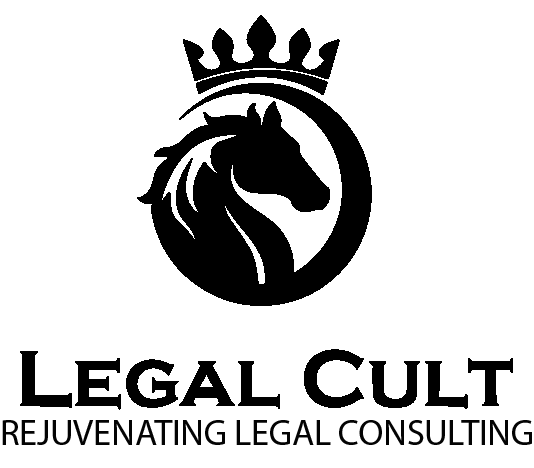What is Cybersquatting?
In the early years of the internet, many businesses and individuals lacked a comprehensive understanding of the commercial opportunities available online. During this time, certain cybercriminals would take advantage of this by registering domains in the name of established companies and profiting from this. This was the beginning of cybersquatting.
Because nowadays most people are much more advanced when it comes to technology and savvy enough to understand the importance of controlling domains related to their names of businesses, cybersquatting is less common than it used to be. Nevertheless, it does still occur, and such issues can surprise its victims, so it is therefore important that high-profile companies and individuals understand how it works and how it can affect them.
The meaning of cybersquatting
Cybersquatting is a form of cybercrime where the perpetrator buys or registers a domain name that is identical or similar to an existing domain with the intention of profiting from a recognizable trademark, company name, or personal name. Crucially, the act is illegal because of the bad faith intent of the squatter. Due to its nature, domain squatting can be considered a form of trademark infringement, though there are differences between the two. There are several types of cybersquatting, and attacks may be carried out with different goals in mind.
In many cases, squatters register domains with the intention of later selling them to established businesses or brand owners for a significant profit. However, some cybersquatters are more malicious and engage in web squatting with more nefarious intent. For example, they may use similar domains to create phishing pages, scams, or even fake surveys to collect user data. In some cases, they convince visitors to download and launch malware on their computers.
Cybersquatting can have wide-ranging implications for legitimate businesses. It can result in fraud, data breaches, and damage to their public reputations.
What is cybersquatting and when is it illegal?
In its simplest form, cybersquatting is the act of buying or registering domain names with the specific intent of profiting off a trademark owned by another person. Technically, all types of cybersquatting are illegal. However, there are some cases in which the alleged crime is unintentional and therefore, not illegal. For example, if there is an existing website with the domain SmithConsulting.com that specializes in image consulting and someone registers a new domain with the name SmythConsulting.com which focuses on financial consulting, this is unlikely to be a case of cybersquatting since the similarity in names is likely accidental, and the latter is probably not profiting from the use of the former’s name.
To deal with a case of cybersquatting, a company or trademark owner may choose to engage with the squatter and pay them off to take control of the domain name. However, because there are now also certain legislative instruments in place, it is also possible to build a case against the squatter and prosecute the crime.
To build a case, the onus is on the claimant to prove that a case of illegal web squatting has occurred. To do this, they would generally have to offer evidence that:
- The name—or trademark—is well-known and diluted by the domain squatting.
- The squatter created the domain name with the intent of infringing on the rights of—and profiting off—the existing company, individual, or trademark owner.
- The domain of the web squatting site must be identical or similar to an existing name or trademark.
Anti-cybersquatting legislation
There are several legislations that protect businesses and individuals against web squatting. Although many of them only offer protection within the United States, some are internationally applicable.
- Anticybersquatting Consumer Protection Act (ACPA) of 1999: This is an American federal law that protects trademark owners and private citizens from all types of cybersquatting. Under the ACPA, it is illegal to buy or register a trademarked or personal name owned by another individual. The prohibition extends to domain names that are identical or obviously similar to existing URLs.
- Lanham Act of 1946: This American legislation enables the national trademark registration procedure. The Act also shields trademark owners, giving them a potential avenue for recourse against cybersquatters whose URL squatting causes consumer confusion or dilution of their trademark. The Trademark Dilution Revision Act of 2006 furthers this by providing that claimants only need to show the likelihood of trademark dilution, rather than prove actual dilution.
- World Intellectual Property Organization (WIPO): Based in Geneva, WIPO is a specialized subsidiary agency of the United Nations. It oversees intellectual property rights on an international level and as such, is responsible for arbitrating and mediating a wide range of intellectual property disputes, including cases related to cybersquatting. In considering cases of web squatting, WIPO considers the provisions of the Uniform Domain Name Dispute Resolution Policy (UDRP) that was outlined by the Internet Corporation for Assigned Names and Numbers (ICANN).


 +91 95358 58289
+91 95358 58289